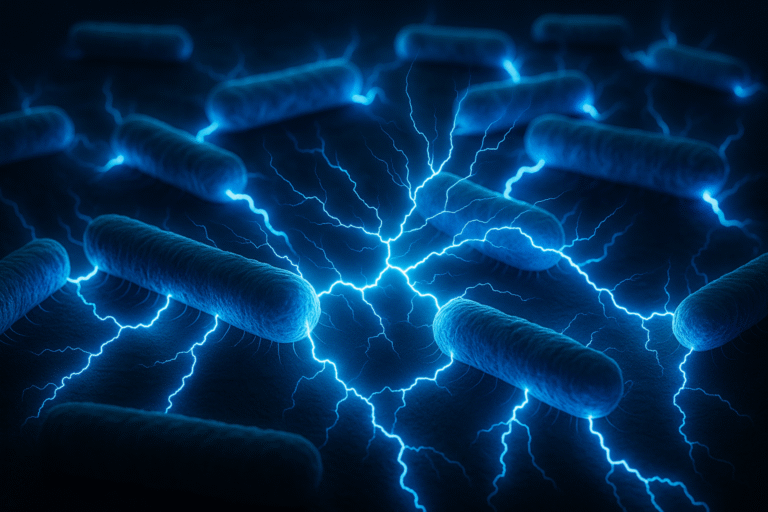
Environmental Science and Engineering
Bacteria reveal hidden powers of electricity transfer
New electron transfer pathways discovered in Desulfobacterota reveal surprising microbial versatility and energy potential.
Page 1 of 2

Environmental Science and Engineering
New electron transfer pathways discovered in Desulfobacterota reveal surprising microbial versatility and energy potential.
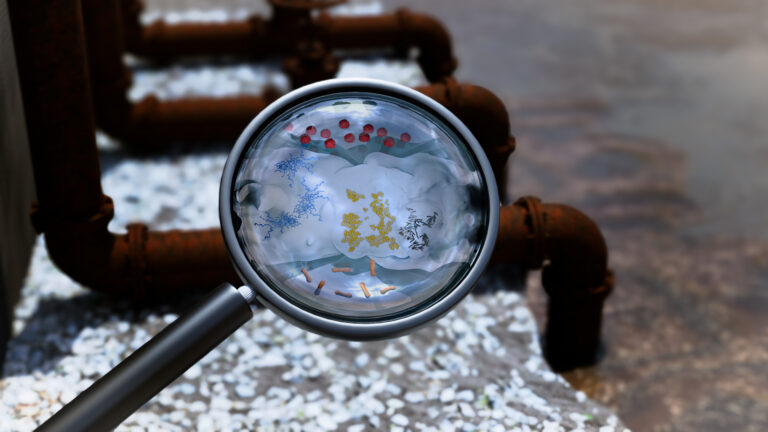
Environmental Science and Engineering
A study conducted during COVID-19 travel restrictions sheds light on the relationship between mass gatherings and the spread of antibiotic resistance.

Bioscience
A black fungus that can tolerate extreme salinity and intense radiation in a Mars-like environment provides insights into planet habitability and beyond.

Environmental Science and Engineering
Immediate international collaboration is needed to reverse current trends in global land degradation by transforming food systems.

Environmental Science and Engineering
Swift action to curb methane emissions could rapidly bring down the rate of global warming, modeling shows.
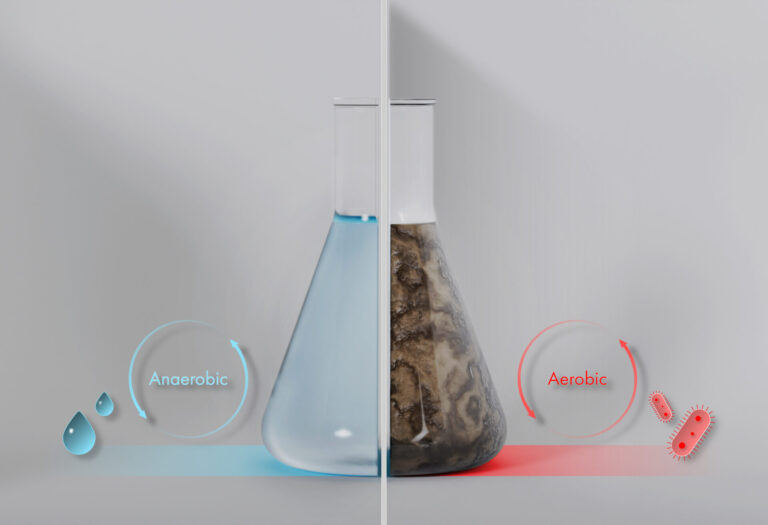
Environmental Science and Engineering
Using anaerobic membrane bioreactors in wastewater treatment plants may help stem the release of antimicrobial resistance genes into the environment.

Bioscience
Uncovering the mechanism of how soil bacteria improve plant resilience to drought and salinity could be important for mitigating effects of climate change on crop production.

Bioscience
As glaciers shrink, a major study reveals remarkable biodiversity across the world’s glacier-fed streams, providing a global reference for future climate-change microbiology studies on this vanishing ecosystem.

Chemical Engineering
Insight into how photoexcited biomass-burning organic aerosols boost sulfate formation could help control wildfire-driven air pollution.
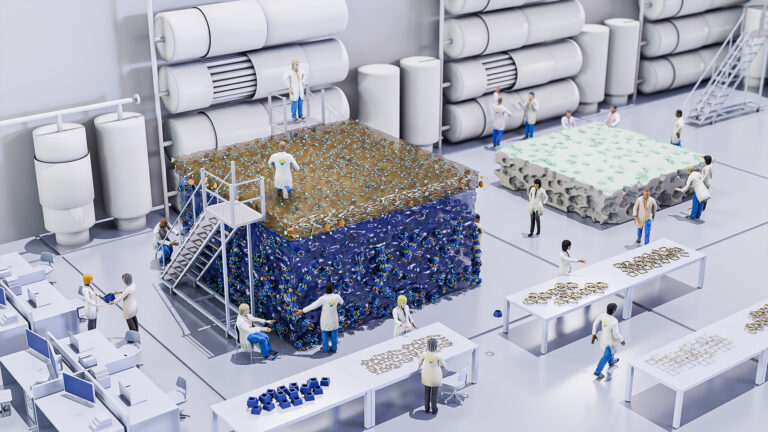
Chemical Engineering
Nanofiltration membranes with bespoke porous architectures enable ultra-selective and energy-efficient separation of complex mixtures.

Environmental Science and Engineering
Interdisciplinary collaboration across all sectors is needed to build a sustainable urban future.
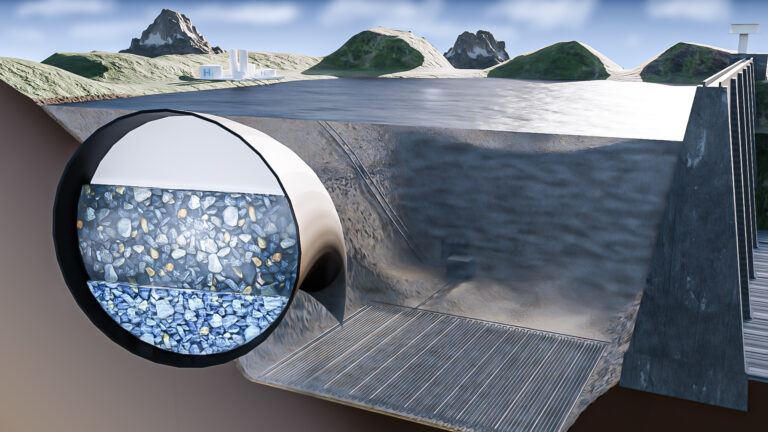
Environmental Science and Engineering
Plastic pipes installed in deep water could stockpile gas, helping the world move away from fossil fuels.

Bioscience
Mangrove soils are affected by the accumulation of plastic waste, but they may also hold a key to reduce its environmental impacts.

Bioscience
Drier climate and livestock grazing pressure jointly help to shape the diversity of plant traits in drylands worldwide.
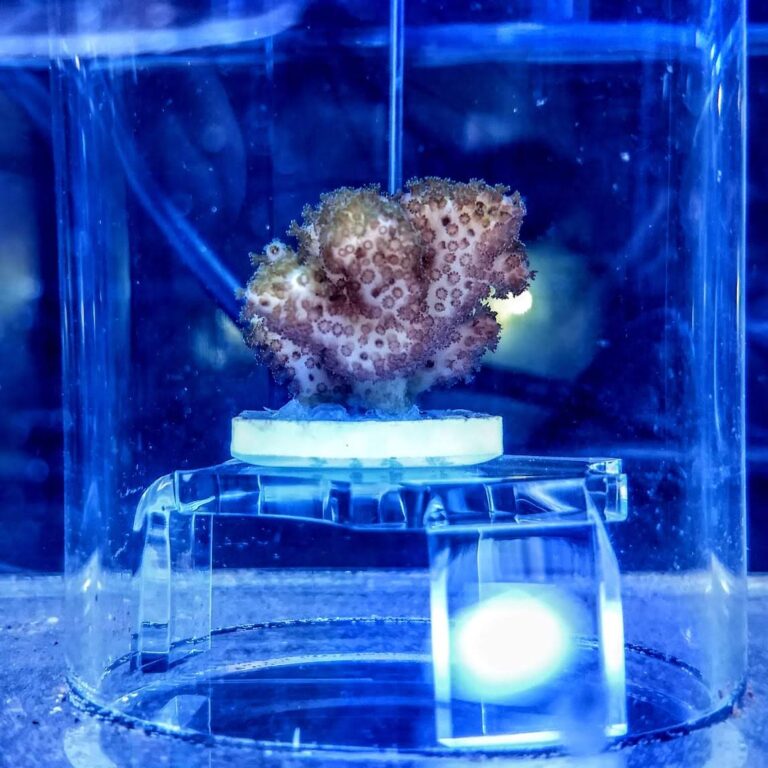
Bioscience
Beneficial bacteria localize and flourish within coral tissues, boosting resilience to heat and other stressors.

Environmental Science and Engineering
A new solar-powered system efficiently extracts moisture from the air, offering a sustainable solution for irrigation.
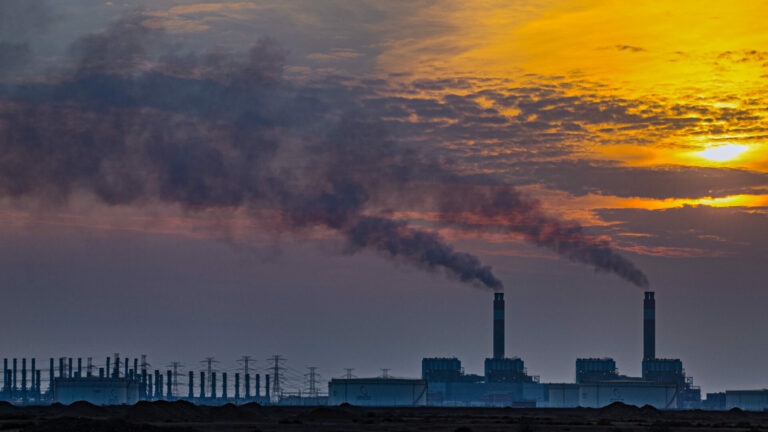
Bioscience
Analyses of sediment cores highlight declining nutrient availability and increased trace metal pollution in the Red Sea.
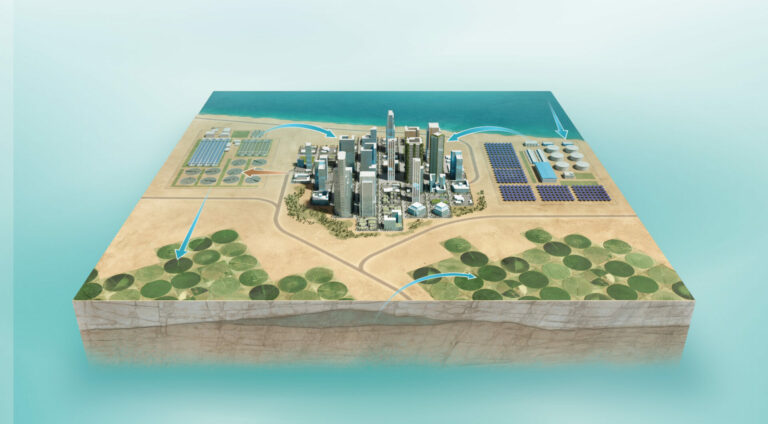
Bioengineering
Researchers propose a pathway to create sustainable greening initiatives in the Middle East using existing technologies.
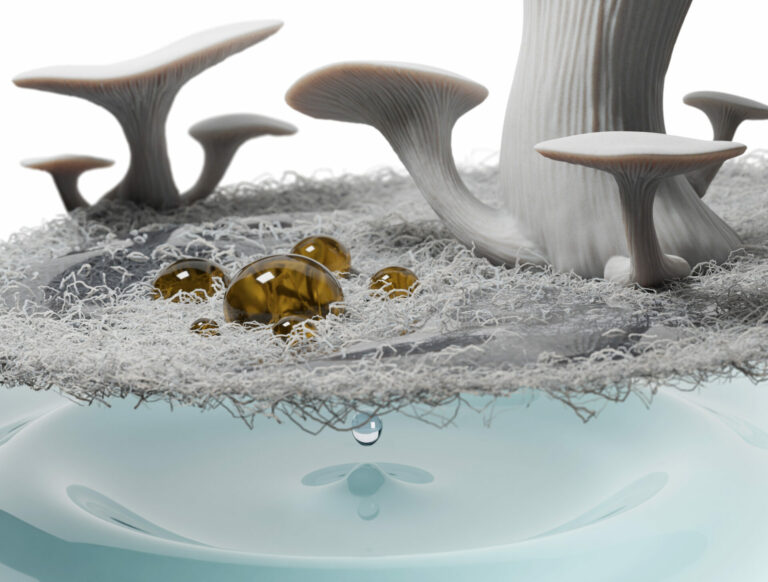
Chemical Engineering
Bio-inspired membrane materials from fungi mycelium are set to revolutionize separation technologies.
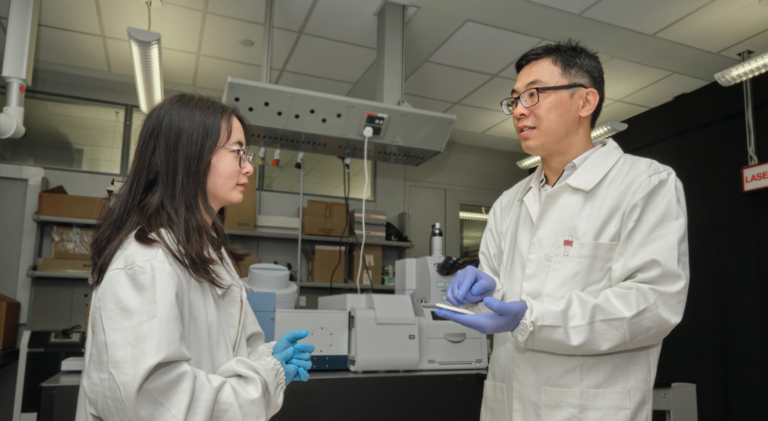
Environmental Science and Engineering
A superabsorbent film promises ecofriendly cooling solutions against heat stress and global warming.
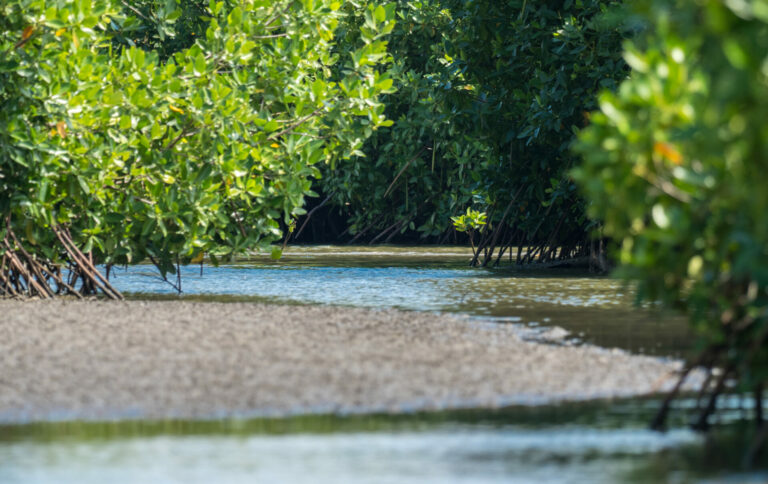
Bioscience
Marine ecosystem models should account for vast fluctuation in dissolved oxygen.
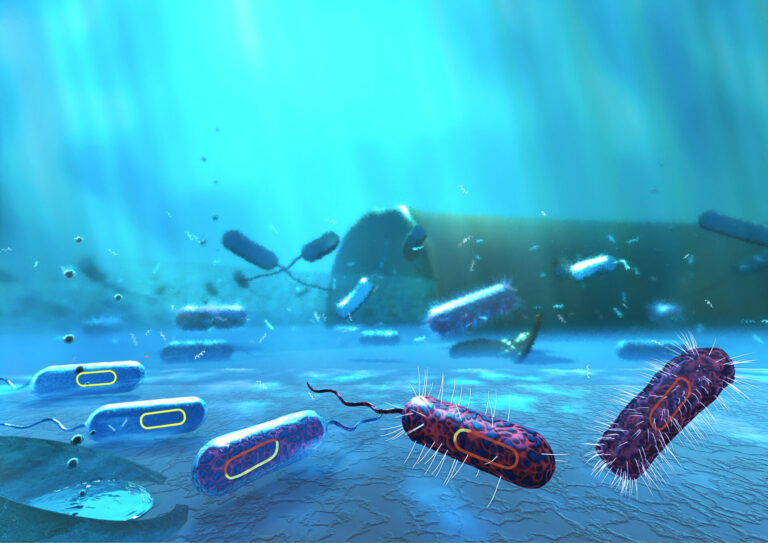
Bioengineering
A complex interplay of factors influences the spread of superbug genes during wastewater treatment and reuse.

Environmental Science and Engineering
Cool heads clear a pathway for the development of a sustainable cooling technology.
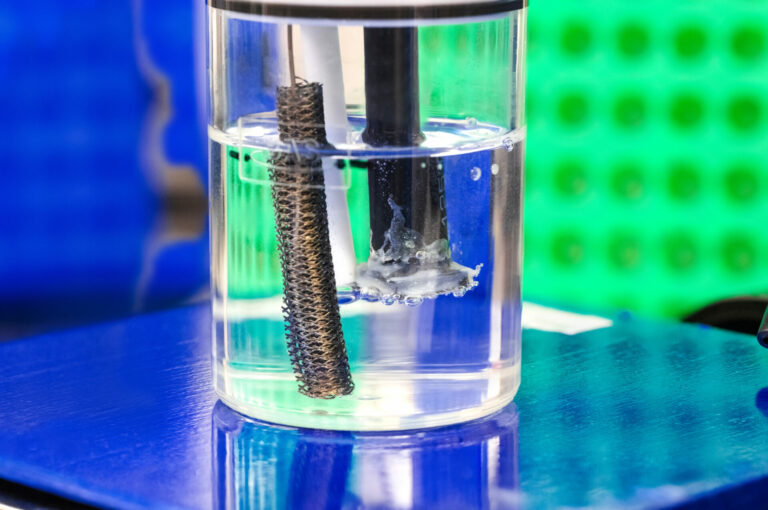
Environmental Science and Engineering
An electroactive bacterium generates well-defined nanosized metal catalysts with remarkable water-splitting performance.
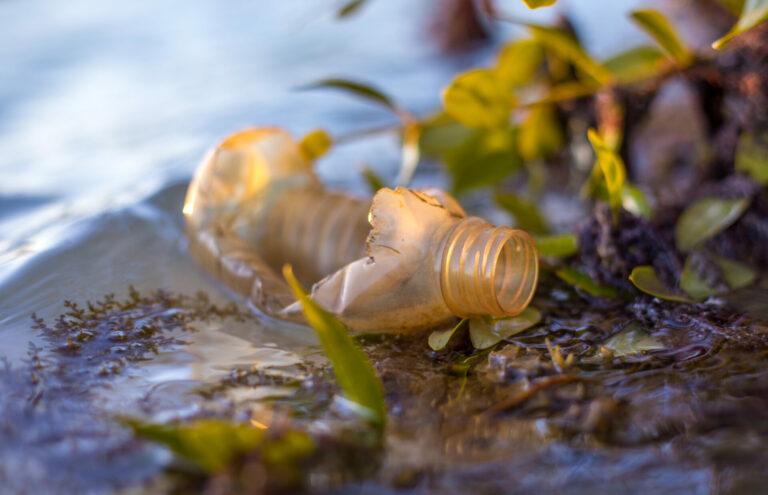
Environmental Science and Engineering
Plant-derived biosolvents enable the sustainable conversion of plastic waste into valuable membrane materials.
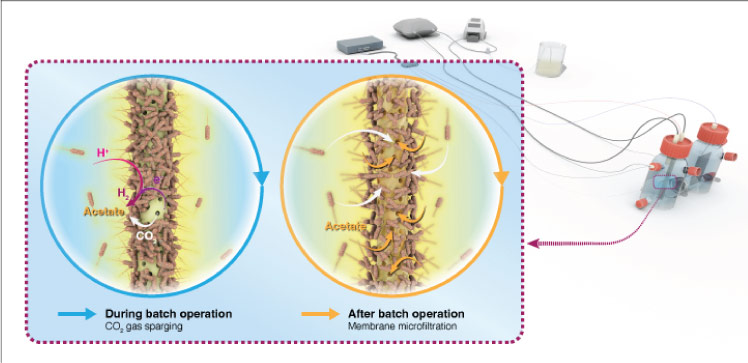
Environmental Science and Engineering
Multifunctional porous conductive membranes help microbes eat their way to a faster carbon dioxide conversion.
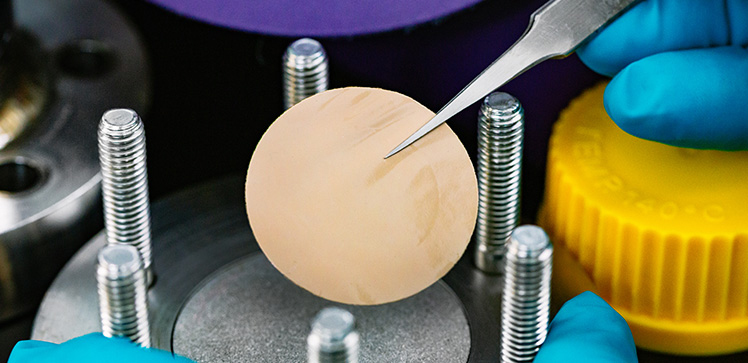
Environmental Science and Engineering
Polymer-based membranes that selectively separate hydrocarbon and crude oil mixtures could eclipse current industrial thermal processes.

Environmental Science and Engineering
A sand-based mulch could help reduce irrigation on desert farms.

Environmental Science and Engineering
Unmanned aerial vehicles show promise for monitoring coastal water flows over large areas.
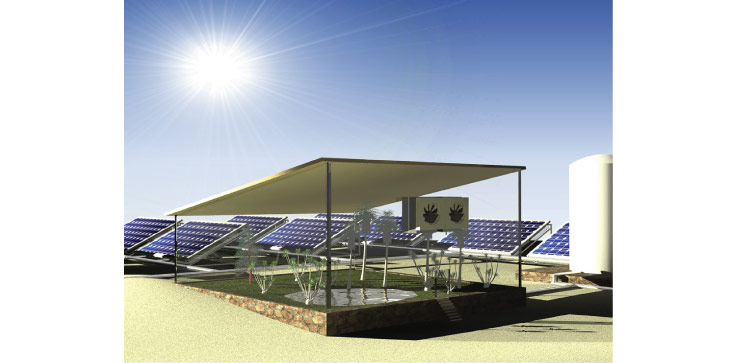
Environmental Science and Engineering
A solar-driven system to generate electricity and produce water for crops in arid areas may help a decentralized approach to food, water and energy security.
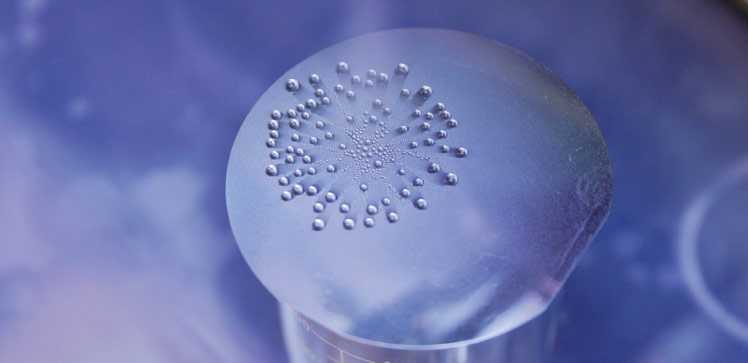
Environmental Science and Engineering
Hydrogen peroxide only forms in the presence of ozone in water microdroplets.

Environmental Science and Engineering
Combining two chemical-free treatments shows promise as an approach for reducing biofilm build-up on anaerobic bioreactor membranes.

Environmental Science and Engineering
A wax-based treatment for jute bags improves water repellency and reduces loss of stored food grains.

Environmental Science and Engineering
Understanding how liquid marbles behave as they evaporate provides valuable insights into these unique structures and their potential applications.
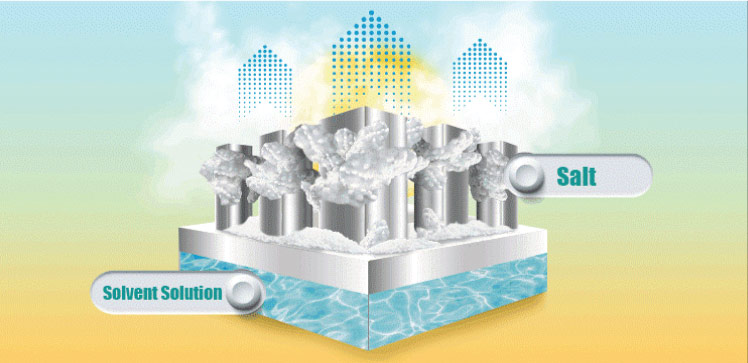
Environmental Science and Engineering
Sustainable electricity-free appliance can harness solar energy to reduce temperatures on hot days.
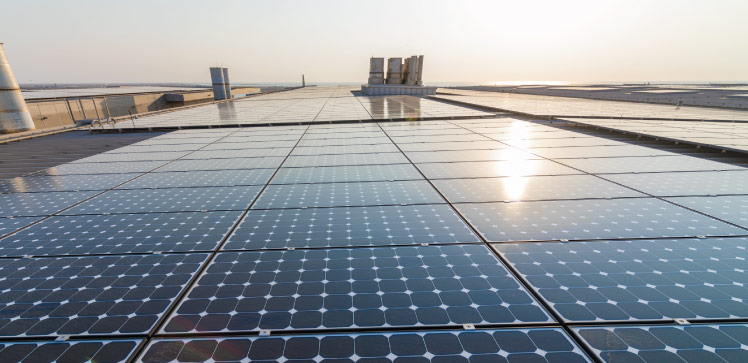
Environmental Science and Engineering
Theoretical modeling helps boost the efficiency of a device that generates both clean drinking water and electricity.
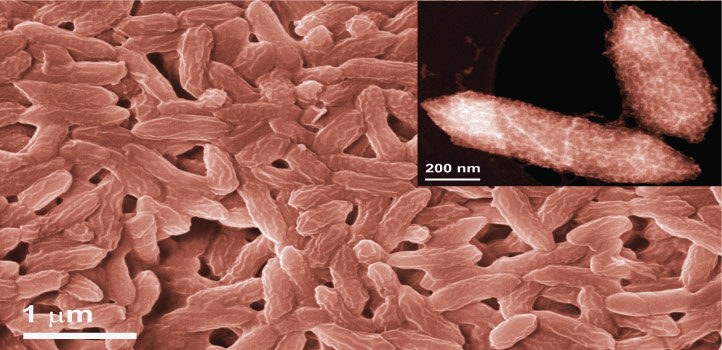
Environmental Science and Engineering
An enigmatic bacterium proves a useful ally for the synthesis of single-atom catalysts to split hydrogen from water.

Environmental Science and Engineering
Technologies that use the metabolic properties of microbial communities to treat wastewater and generate energy will transform water reuse.

Environmental Science and Engineering
Solar-powered brine crystallization could alleviate the environmental impacts of seawater desalination.
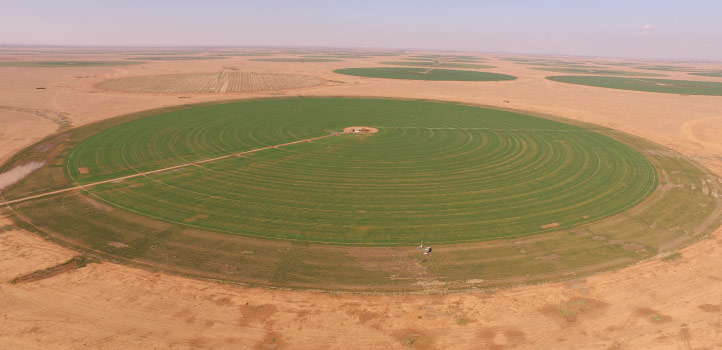
Environmental Science and Engineering
A pioneering framework will monitor groundwater use for agricultural irrigation across Saudi Arabia.
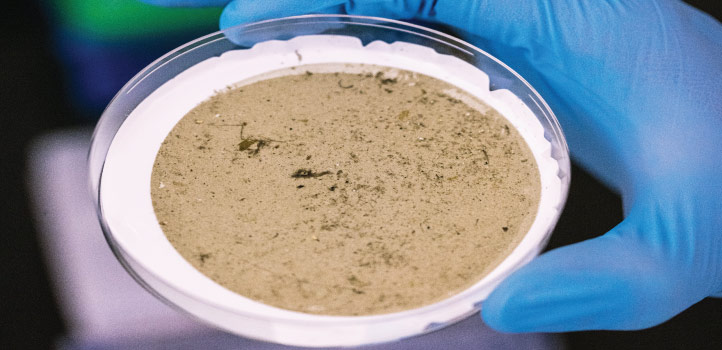
Environmental Science and Engineering
Microbiologist Peiying Hong explains current research into COVID-19 monitoring and surveillance using wastewater.

Environmental Science and Engineering
Ultrathin porous films that can pluck out specific nanoscopic molecules could refine oil purification and drug development.

Environmental Science and Engineering
A polyelectrolyte coating enables clean seawater desalination systems without harmful chemicals.
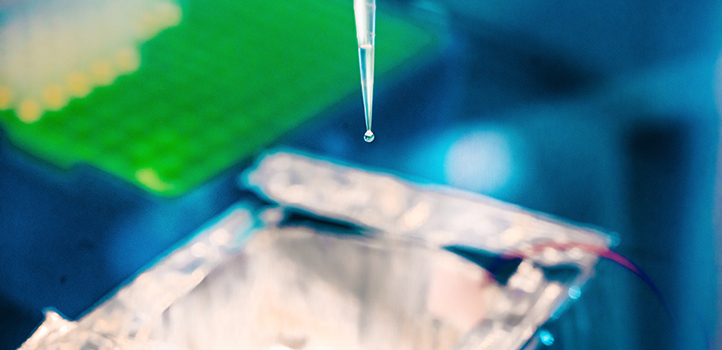
Environmental Science and Engineering
An experiment, elegant in its simplicity, helps explain why water becomes electrified when it touches hydrophobic surfaces.

Environmental Science and Engineering
A new electroactive bacterium could help fuel wastewater treatment reactors.
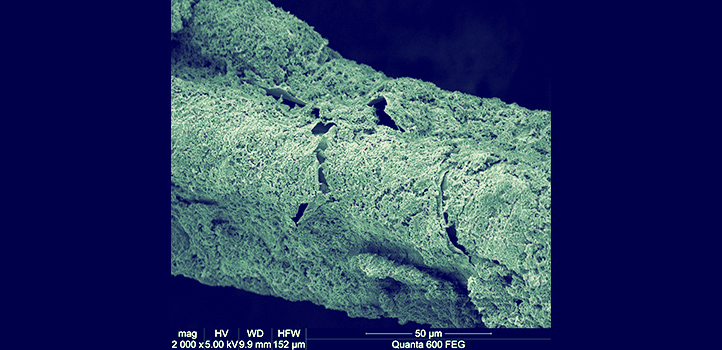
Environmental Science and Engineering
Combining solar-harvesting materials with carbon-dioxide–consuming microbes could be an efficient way to generate clean fuels.

Environmental Science and Engineering
Light-responsive building blocks provide organic membranes with light-controlled permeability and selectivity.
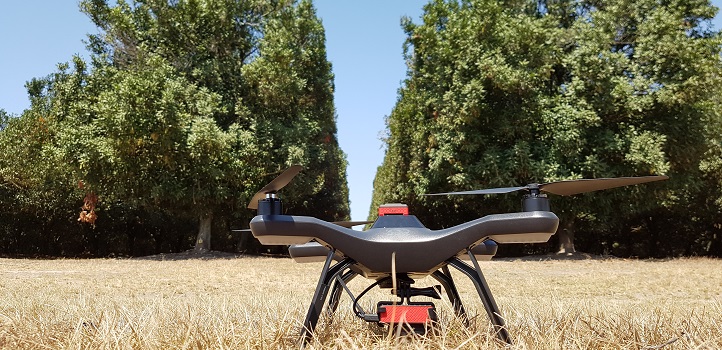
Environmental Science and Engineering
Models based on images from unmanned aerial vehicles and satellites can help farmers to monitor the health of individual trees.
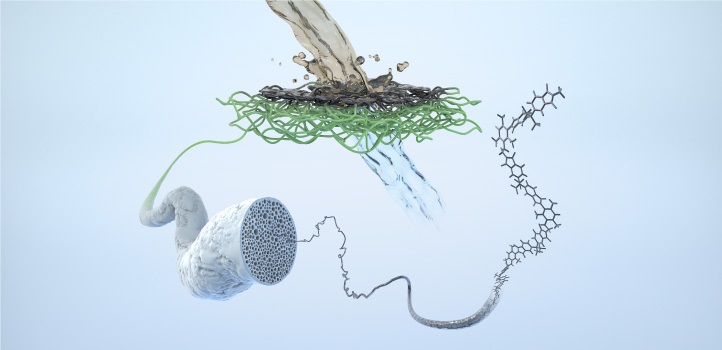
Environmental Science and Engineering
High-capacity oil-adsorbing mats could be deployed in oil spill emergencies to limit ecological damage.
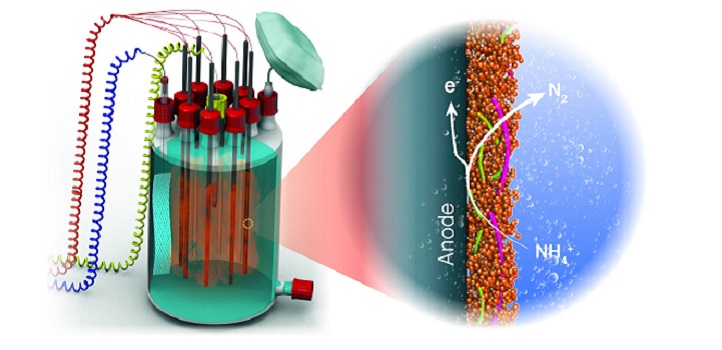
Environmental Science and Engineering
More energy-efficient wastewater treatment may be possible by harnessing anammox bacteria’s surprising ability to "breathe" solid-state matter.

Environmental Science and Engineering
A study of marine Halobates species highlights how their waterproofing techniques, size and acceleration capability helped them colonize the ocean.
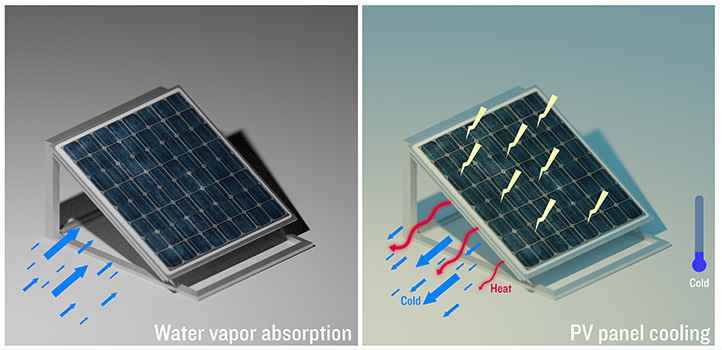
Environmental Science and Engineering
Polymers that absorb water from the atmosphere can make it easier to run photovoltaic devices in hot climates.

Environmental Science and Engineering
Carbon dioxide bubbles could be a fast and environmentally friendly way to unclog seawater filters and keep the supply of drinking water flowing.
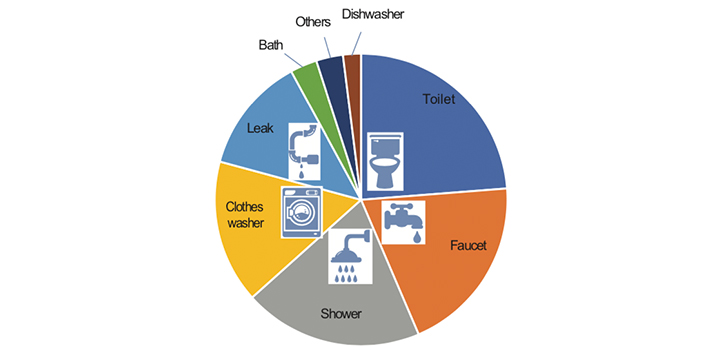
Environmental Science and Engineering
With about half the world’s population living close to the coast, using seawater to flush toilets could be possible with a salt-tolerant bacterium.
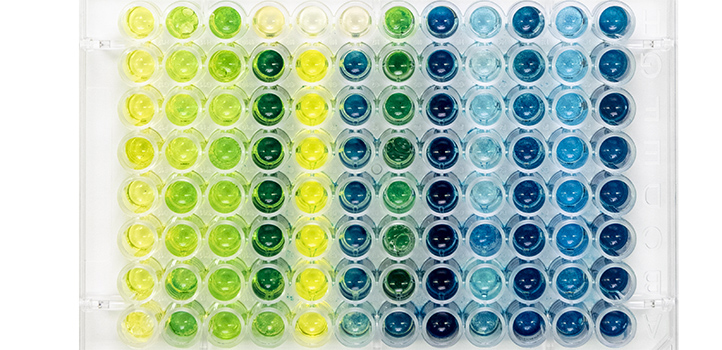
Environmental Science and Engineering
Ultraviolet light could thwart antimicrobial resistance by damaging DNA material in wastewater.
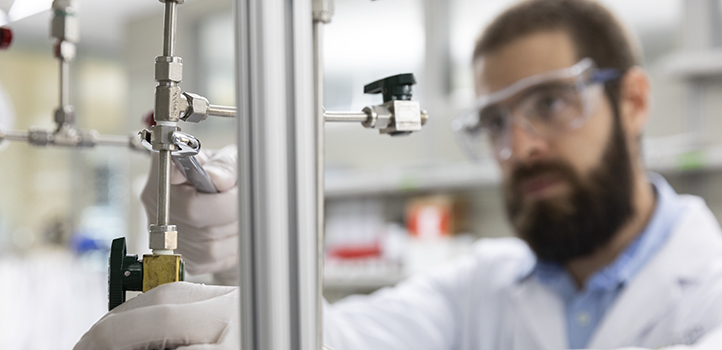
Environmental Science and Engineering
Discarded PET bottles could find a new life in the chemical industry.
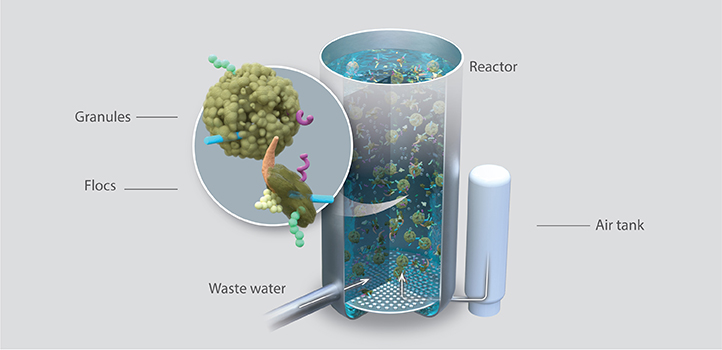
Environmental Science and Engineering
The dynamics behind microbial communities in granular-based wastewater treatment systems.
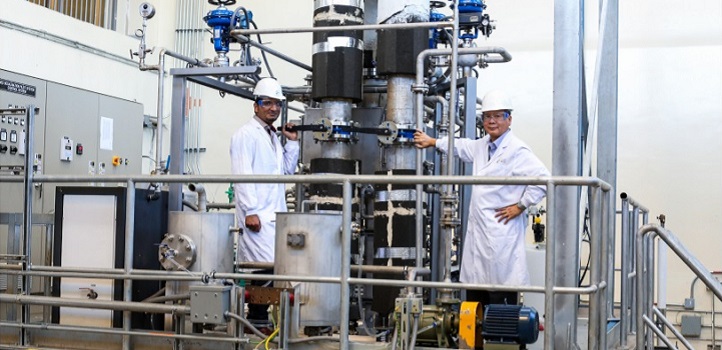
Environmental Science and Engineering
Accounting for the quality of energy needed to run a desalination plant shows benefits of using waste heat.

Environmental Science and Engineering
An integrated system seamlessly harnesses sunlight to cogenerate electricity and fresh water.
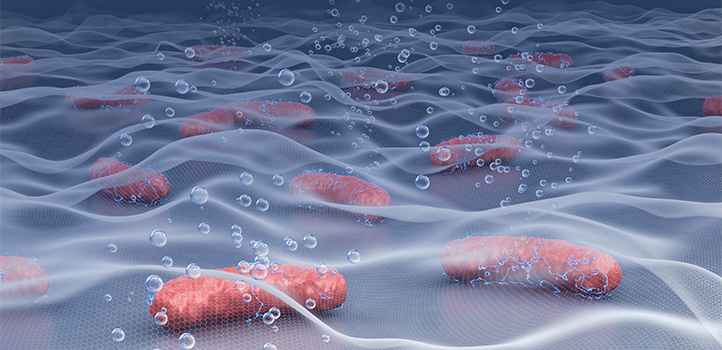
Environmental Science and Engineering
A biohybrid material that combines reduced graphene oxide with bacterial cells offers an eco-friendly option to help store renewable energy.
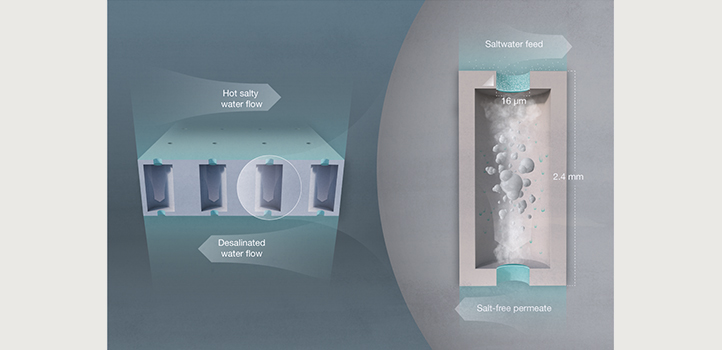
Environmental Science and Engineering
Insect-inspired design principles lead to first-ever water-repellent membranes made from water-wet materials.

Environmental Science and Engineering
Global water challenges addressed through improvements to desalination techniques and limits to waste.
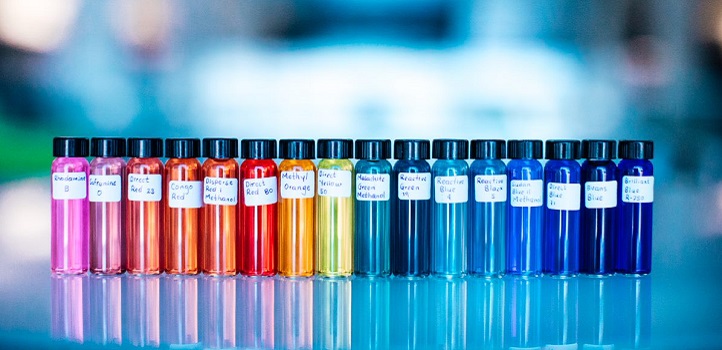
Environmental Science and Engineering
A graphene-oxide membrane design inspired by nature swiftly separates solvent molecules.
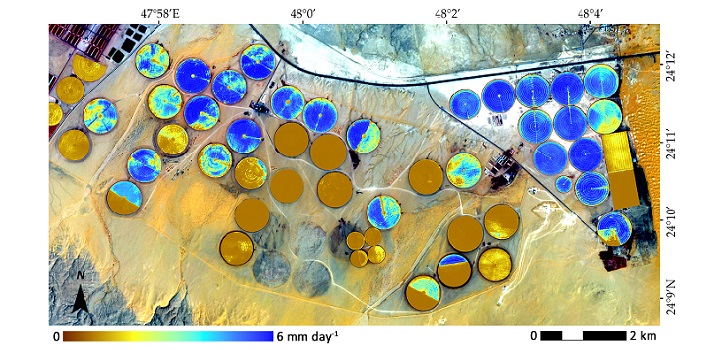
Environmental Science and Engineering
High-resolution imaging data collected by small satellites could transform how we monitor freshwater use in agriculture.
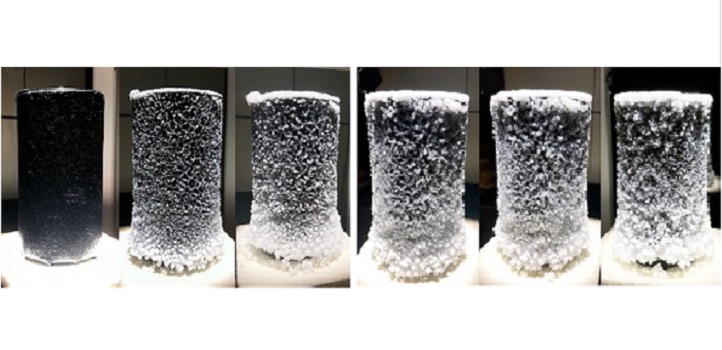
Environmental Science and Engineering
Unique membrane design prevents salt crusts from being produced during the distillation of brine water.
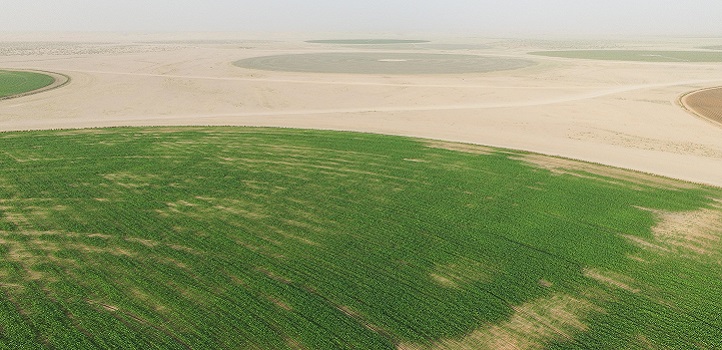
Environmental Science and Engineering
Aerial imaging of plant heights could help farmers manage field crops more effectively to increase yields and preserve resources.
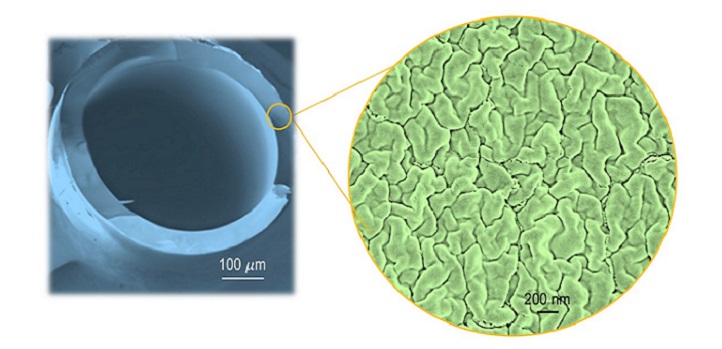
Environmental Science and Engineering
Environmentally friendly method for making membranes adds greener options for processing industrial waste.

Environmental Science and Engineering
Electrosprays of water cannot reliably probe the air-water interface.
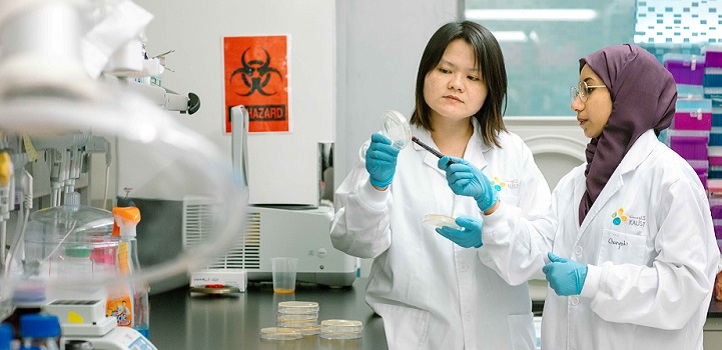
Environmental Science and Engineering
A combined treatment may help tackle the rise of E. coli PI-7 in Saudi Arabia’s wastewater systems.

Environmental Science and Engineering
Helpful microbes inhale CO2 through a porous cylindrical electrode and exude useful chemicals.
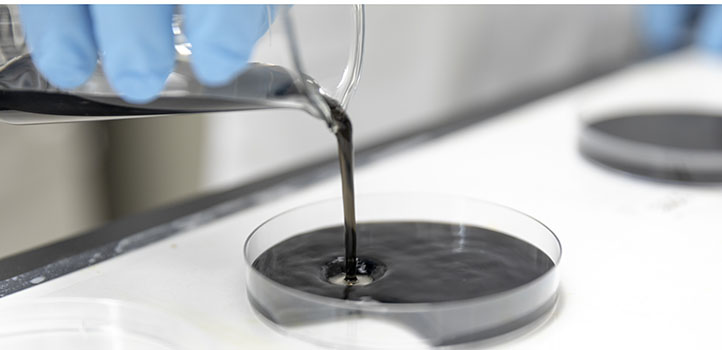
Environmental Science and Engineering
An inexpensive hydrogel-based material efficiently captures moisture even from low-humidity air and then releases it on demand.
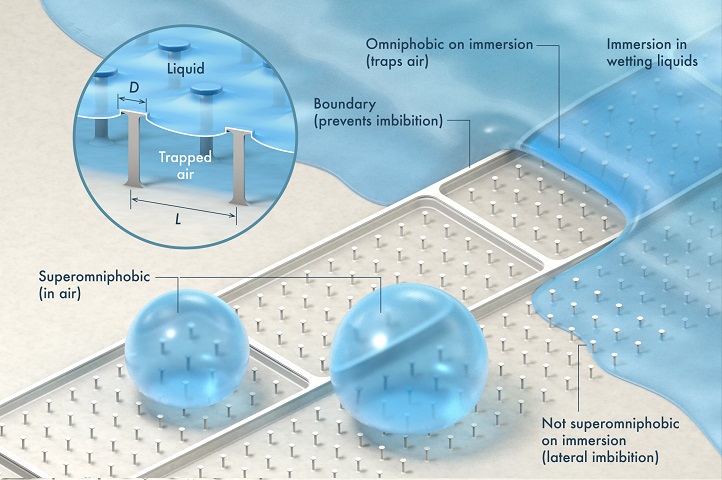
Environmental Science and Engineering
Immersion could become the ultimate test for assessing the wetting properties of coating-free microtextured surfaces.
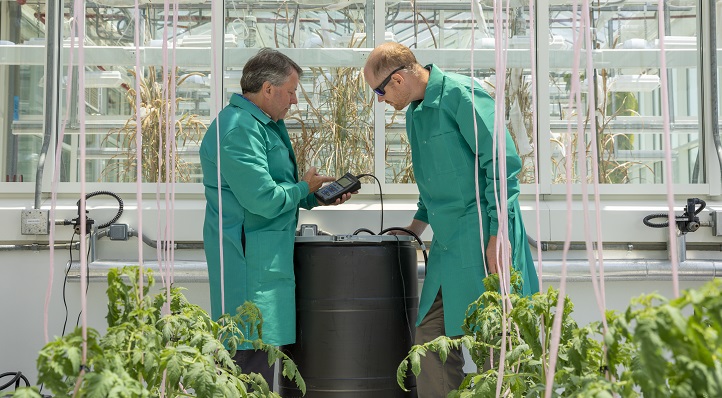
Environmental Science and Engineering
Research to optimize aquaponics systems could inform a new era of urban food production.

Environmental Science and Engineering
Tiny nature-inspired cavities that trap air can stop liquids from sticking to surfaces without the need for coatings.
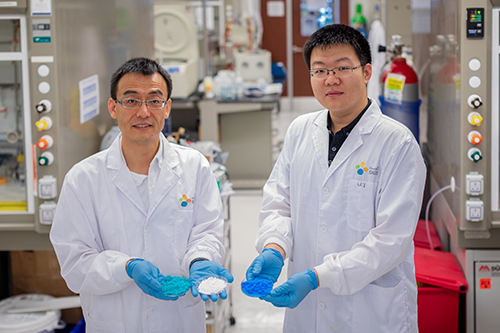
Environmental Science and Engineering
A low-cost method for collecting water from the atmosphere could be used to provide potable water to dry, inland regions.

Environmental Science and Engineering
A plant scientist, a water specialist and a petroleum engineer walk onto a panel, “how do you define sustainability?” one asks.
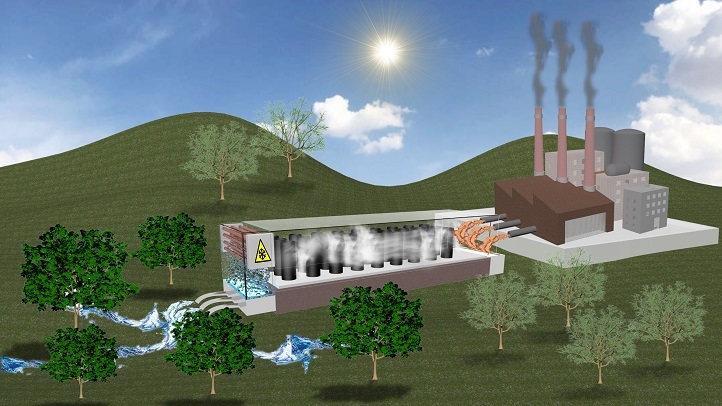
Environmental Science and Engineering
A 3D solar-steam generator design squeezes every last drop of energy from sunlight to produce fresh water.
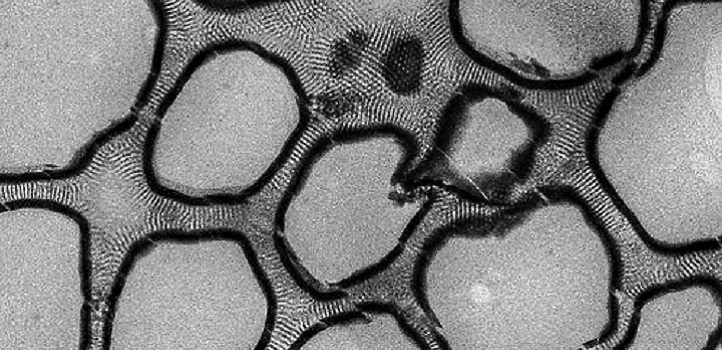
Environmental Science and Engineering
A fast and safe method to prepare a 3D porous material that mimics the shape of a honeycomb could have broad applications from catalysis to drug delivery or for filtering air to remove pollutants or viruses.
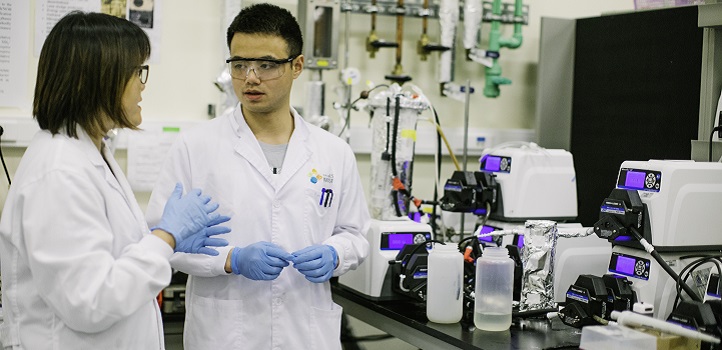
Environmental Science and Engineering
A grimy layer on wastewater filters could slow the spread of antibiotic resistance.
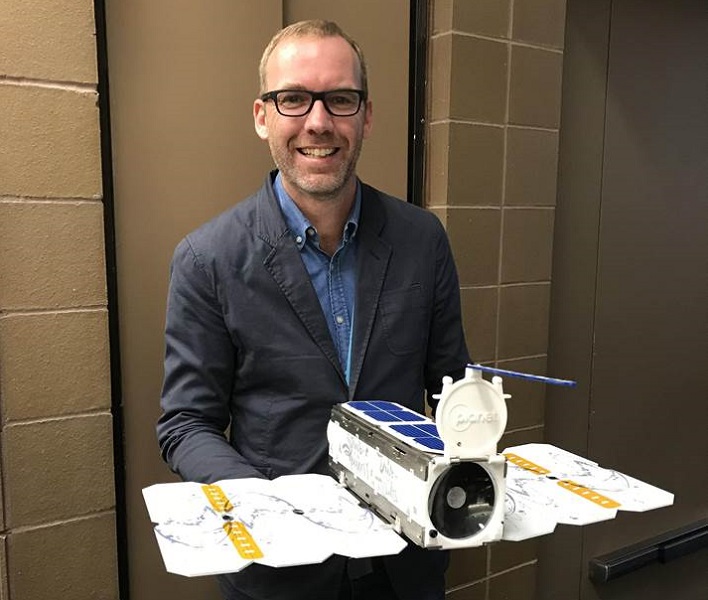
Environmental Science and Engineering
The availability of high-resolution data collected by miniaturized satellites heralds a turning point in Earth and environmental sensing from space.
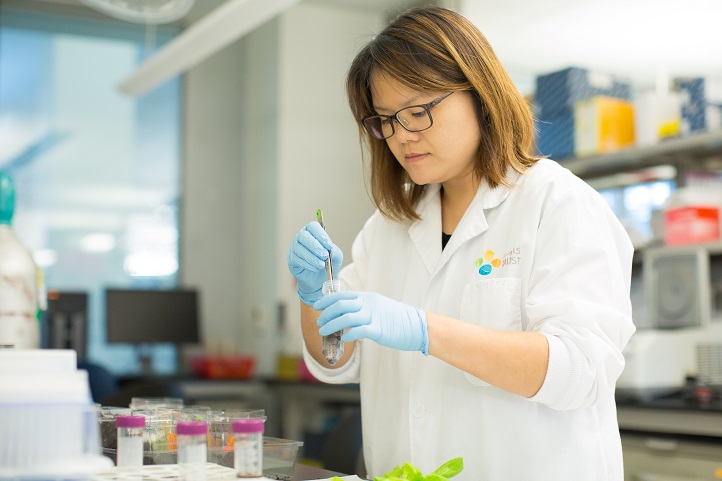
Environmental Science and Engineering
Safety assurance is the first step in bringing valuable wastewater into use, says Peiying Hong.
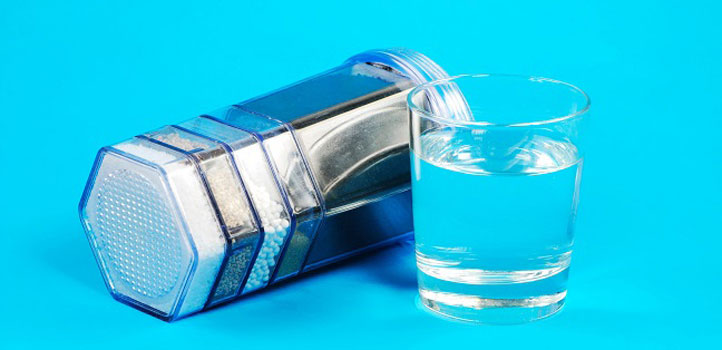
Environmental Science and Engineering
Trapping molecules on custom-designed porous surfaces becomes easier with a new model that unifies previous theories of adsorption.
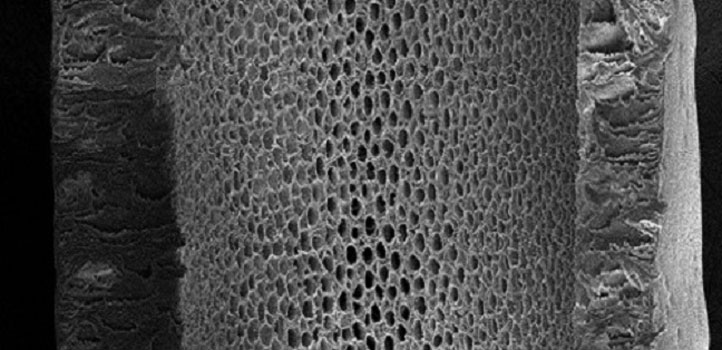
Environmental Science and Engineering
Tailor-made membranes offer a cleaner method for the industrial-scale separation of chemical mixtures, says Suzana Nunes. But first we need to make their manufacture greener.
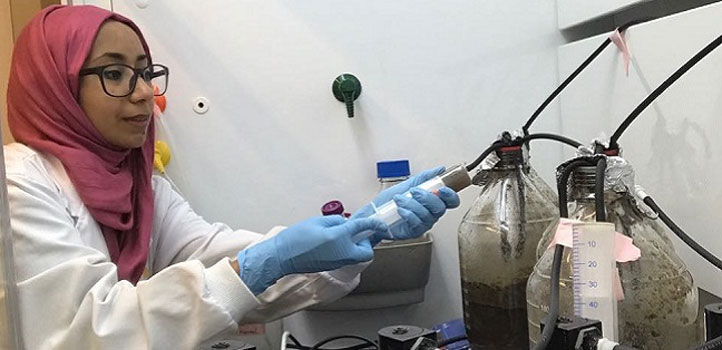
Environmental Science and Engineering
Treating wastewater with solar irradiation shows promise in reducing two E. coli strains but a resilient strain persists.
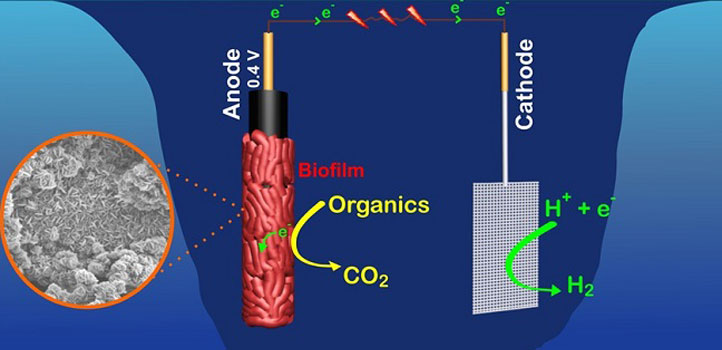
Environmental Science and Engineering
Promising electrochemical technologies for cleaning wastewater are boosted by discovery of extremophilic microbes in the Red Sea.
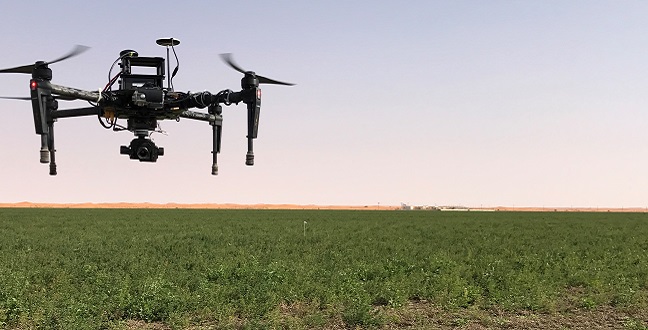
Environmental Science and Engineering
Emerging technologies are poised to transform how we observe the Earth.
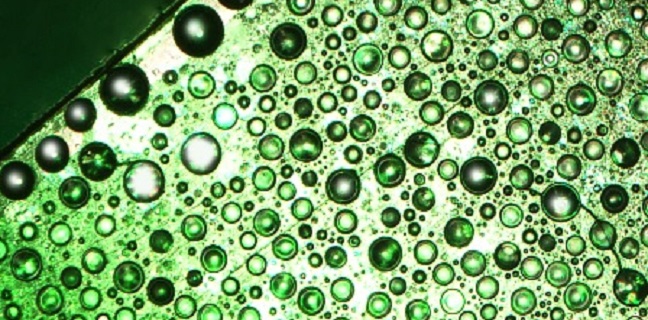
Environmental Science and Engineering
Surface wettability has little effect on atmospheric water gathering, but edge structure is crucial.
Environmental Science and Engineering
A nature-based technique paves the way for cheaper and environmentally friendly liquid-repellent materials.
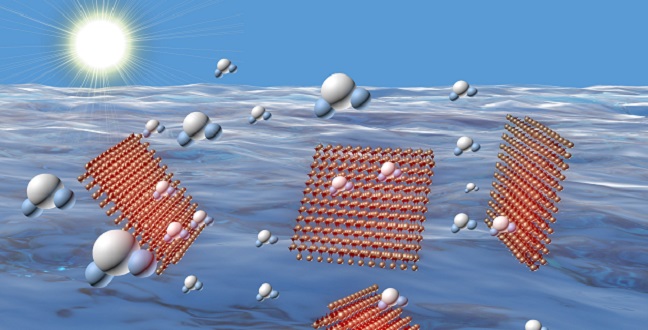
Environmental Science and Engineering
A floating membrane that uses sunlight to evaporate water shows potential for water purification.
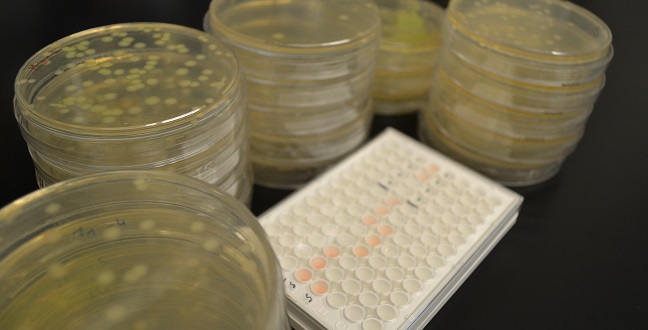
Environmental Science and Engineering
An antibiotic resistant strain of bacteria found circulating in Jeddah’s municipal wastewater could have severe implications for public health.
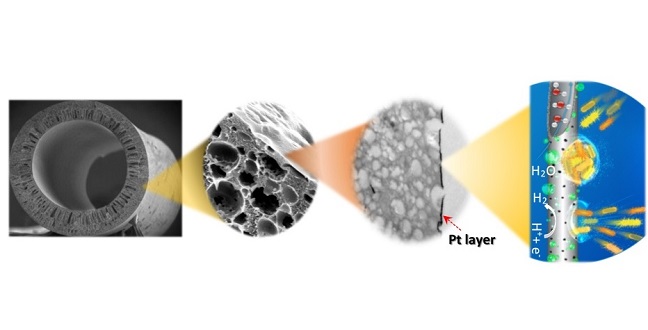
Environmental Science and Engineering
A material made by combining a metal and a polymer can help generate hydrogen and fresh water from wastewater.
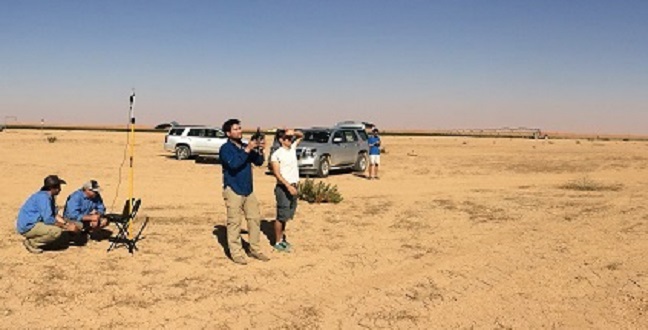
Environmental Science and Engineering
KAUST researchers are working to find new ways of monitoring irrigation, crop health and yields.
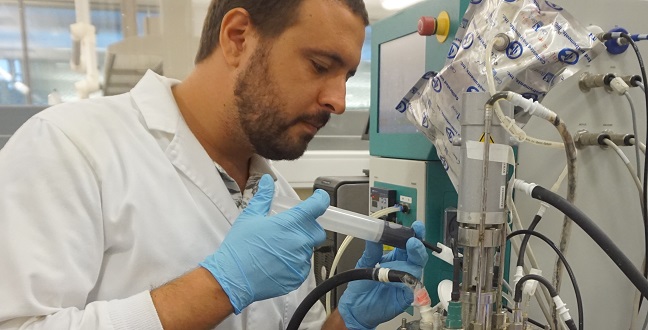
Environmental Science and Engineering
Certain bacteria-based water treatment systems may help prevent the spread of antibiotic resistance.
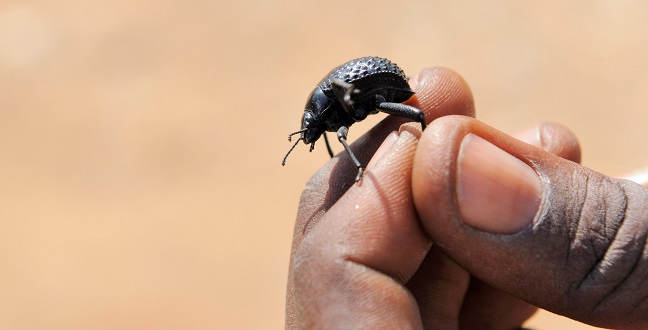
Environmental Science and Engineering
Biology has inspired new ways to harvest and collect water.
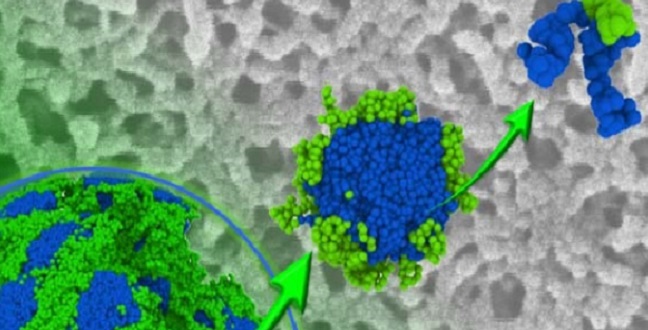
Environmental Science and Engineering
Innovative chemistry has produced synthetic membranes with improved properties for industry, research and biomedicine.
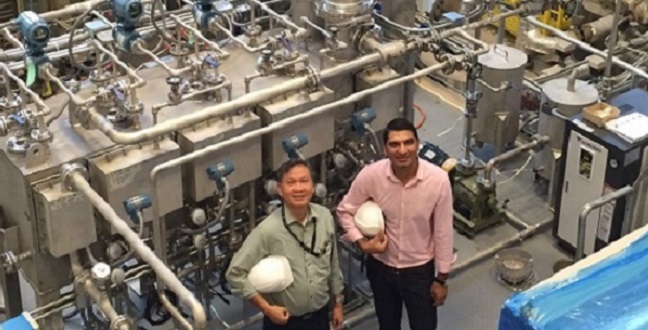
Environmental Science and Engineering
Combining methods for water desalination results in low-cost, highly efficient water production.

Environmental Science and Engineering
Self-cleaning graphene-coated membranes remove water pollutants while harvesting energy from microbial decomposition.
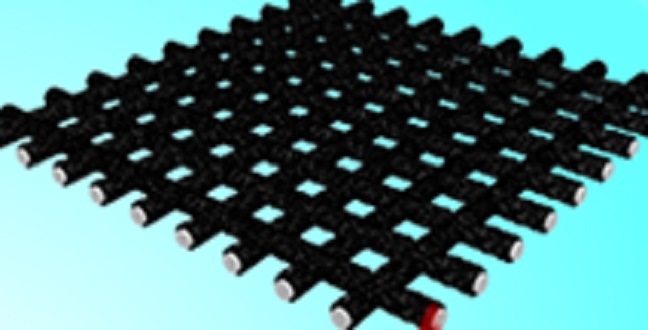
Environmental Science and Engineering
Chemical tricks improve the efficiency and durability of photothermal membranes that use sunlight to turn water into steam.
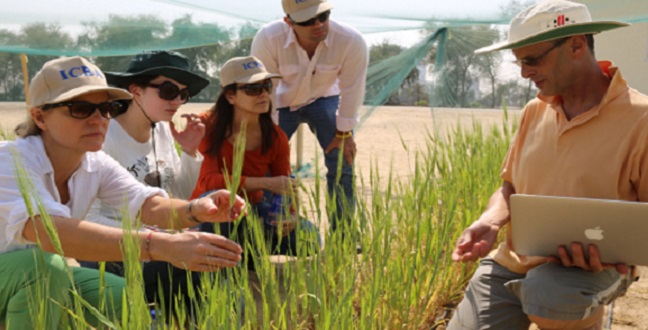
Environmental Science and Engineering
Novel use of sensors and associated high-resolution imaging in agriculture aims to facilitate a more sustainable future.

Environmental Science and Engineering
Wastewater treatments based on bioelectrochemical systems can generate energy while removing potentially toxic compounds.